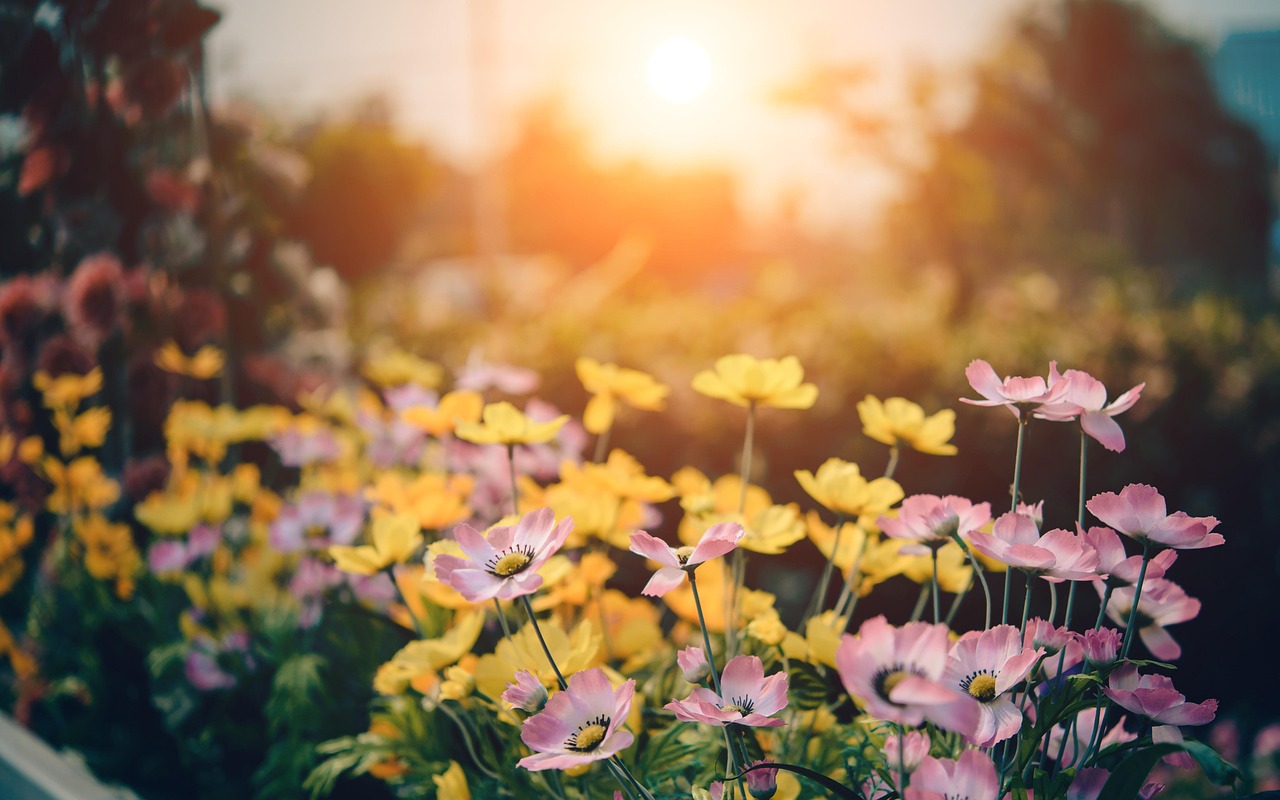Introduction
With changing climate patterns and increasing water scarcity, creating a drought-resistant garden has become more important than ever. A garden that thrives with minimal water not only conserves this precious resource but also reduces maintenance efforts. This comprehensive guide will walk you through the steps to design and maintain a beautiful, drought-resistant garden.
Benefits of a Drought-Resistant Garden
A drought-resistant garden offers numerous advantages:
- Water conservation: Reduces water usage and lowers utility bills.
- Low maintenance: Requires less watering and care, saving time and effort.
- Resilience: Thrives in dry conditions and withstands periods of drought.
- Environmental impact: Supports local ecosystems and reduces the need for chemical treatments.
Selecting Drought-Resistant Plants
The cornerstone of a drought-resistant garden is choosing the right plants. Look for native and adaptive species that thrive in your local climate. Some excellent drought-resistant plants include:
- Succulents: Aloe vera, agave, and sedum.
- Perennials: Lavender, yarrow, and Russian sage.
- Shrubs: Rosemary, oleander, and juniper.
- Grasses: Blue fescue, feather reed grass, and buffalo grass.
- Groundcovers: Thyme, creeping phlox, and ice plant.
Soil Preparation
Healthy soil is crucial for a drought-resistant garden. Follow these steps to prepare your soil:
- Improve soil structure: Add organic matter like compost or well-rotted manure to improve soil structure and water retention.
- Enhance drainage: Ensure good drainage by incorporating sand or grit into heavy clay soils.
- Mulching: Apply a thick layer of mulch around plants to retain moisture, suppress weeds, and regulate soil temperature.
Efficient Watering Techniques
Efficient watering is key to maintaining a drought-resistant garden. Implement these strategies to maximize water use:
- Drip irrigation: Install a drip irrigation system to deliver water directly to the plant roots, reducing evaporation and runoff.
- Watering schedule: Water early in the morning or late in the evening to minimize evaporation. Water deeply and less frequently to encourage deep root growth.
- Rainwater harvesting: Collect rainwater in barrels to use during dry periods.
Garden Design Tips
Designing your garden with water efficiency in mind can enhance its drought resistance:
- Group plants by water needs: Plant species with similar water requirements together to ensure efficient watering.
- Create hydrozones: Divide your garden into zones based on water needs, allowing for targeted irrigation.
- Use hardscaping: Incorporate paths, patios, and gravel areas to reduce the amount of planted space and lower water use.
- Shade and windbreaks: Plant trees and shrubs strategically to provide shade and reduce wind, minimizing water loss.
Mulching and Ground Covers
Mulching is an essential practice in a drought-resistant garden. Use organic mulches like bark chips, straw, or compost to retain soil moisture and suppress weeds. Ground covers such as thyme, creeping juniper, or clover also help retain moisture and reduce soil erosion.
Regular Maintenance
Even drought-resistant gardens require some maintenance to thrive:
- Weed control: Regularly remove weeds that compete with plants for water and nutrients.
- Pruning: Trim plants to encourage healthy growth and reduce water loss through transpiration.
- Soil health: Periodically add organic matter to maintain soil fertility and structure.
Seasonal Care
Adapt your garden care routine to the seasons:
- Spring: Prepare the soil, plant new drought-resistant species, and apply fresh mulch.
- Summer: Focus on efficient watering, monitor plants for signs of stress, and manage weeds.
- Fall: Prune perennials, add compost, and prepare plants for winter dormancy.
- Winter: Protect young or sensitive plants with mulch and monitor soil moisture during dry spells.
Conclusion
Creating a drought-resistant garden is a practical and sustainable way to enjoy a beautiful landscape while conserving water. By selecting the right plants, preparing the soil, and employing efficient watering techniques, you can design a garden that not only withstands dry conditions but also thrives with minimal maintenance. Embrace the principles of water-wise gardening and enjoy a lush, resilient garden all year round.
Check out this step to step guide to build a fireplace!

